Types of Water Quality BMPs
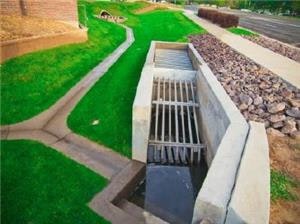
EXTENDED DETENTION BASIN (EDB)
Extended detention basins, often called dry basins, are designed to temporarily detain stormwater. This BMP is similar to detention basins used for flood control, however EDBs use a much smaller outlet that extends the emptying time of the runoff to facilitate pollutant removal. EDBs are equipped with a concrete forbay, trickle channel, micropool, and an outlet structure with orifice plate. SEMSWA encourages retrofitting EDBs missing any one of these components. See our Grants Page for more information on retrofits.
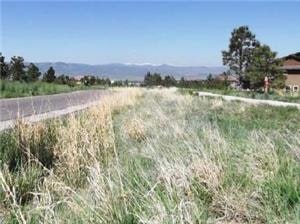
GRASS BUFFER/ GRASS SWALE
Grass swales are shallow, sloped, densely vegetated triangular channels designed to treat stormwater runoff. Similarly, grass buffers are vegetated areas surrounding wet basins and wetlands. As water flows over these swales and buffers, vegetation slows the water and allows for sedimentation and filtering of pollutants through the subsoil.
RAIN GARDEN/ POROUS LANDSCAPE

Rain gardens, also known as porous landscape detention, are engineered landscaped depressions that provide bioretention of pollutants in stormwater runoff. Bioretention removes pollutants through multiple processes including sedimentation, filtering, adsorption, evapotranspiration, and biological uptake.
SAND FILTER BASIN (SFB)
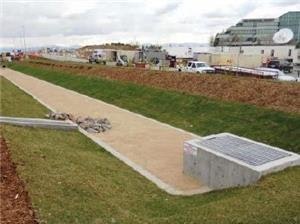
Sand filter basins are designed to capture and treat a volume of stormwater runoff. This BMP is an excavated basin containing a sand filter bed with an under drain system. Runoff collects in the basin and gradually infiltrates into the sand bed. The under drain then dewaters the sand bed and flows are conveyed to a nearby swale or storm drainage.
PERMEABLE PAVEMENT
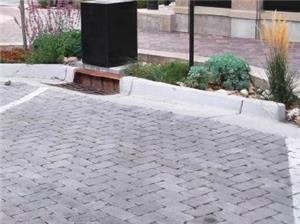
Permeable pavements refer to a variety of pavements that replace traditional pavement and allow for the infiltration of stormwater into the subsoil by placing a pervious pavement surface over a stone aggregate. Permeable pavements allow for runoff to infiltrate the underlying void spaces in the stone aggregate while providing stable surfaces for traffic loads and pedestrians.
STORMWATER PLANTERS

Stormwater planters are structural containers with open bottoms that allow stormwater runoff to filter through the reservoir and infiltrate slowly into the ground below. Stormwater planter boxes can either be infiltration planters (designed to infiltrate through native soils) or flow-through planters (designed with an impervious liner and overflow pipe).
PROPRIETARY BMPS
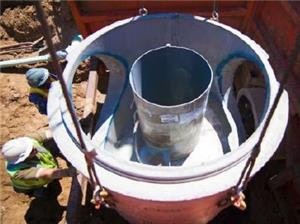
Most manufactured BMPs look like inconspicuous manholes; however underneath is a single or series of vaults and chambers designed to remove common stormwater pollutants, such as sediment, oil, trash, and grit. Manufactured BMP facilities are used solely for water quality enhancement, where space for surface facilities is not available.
